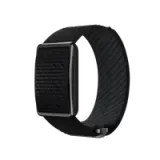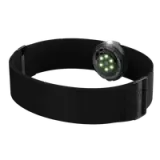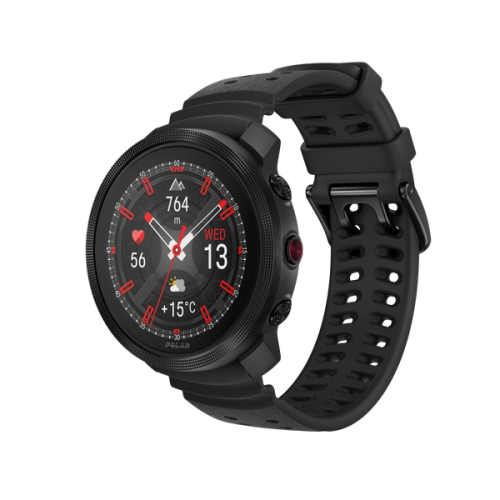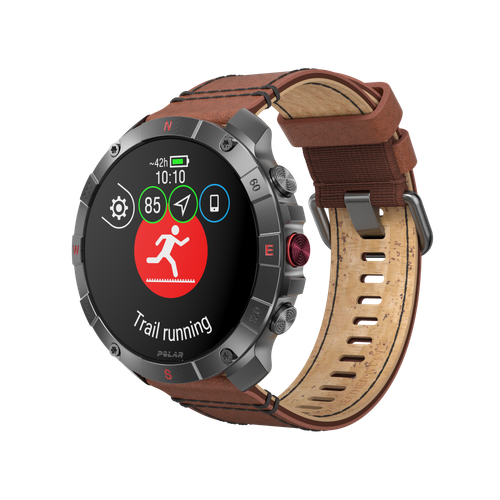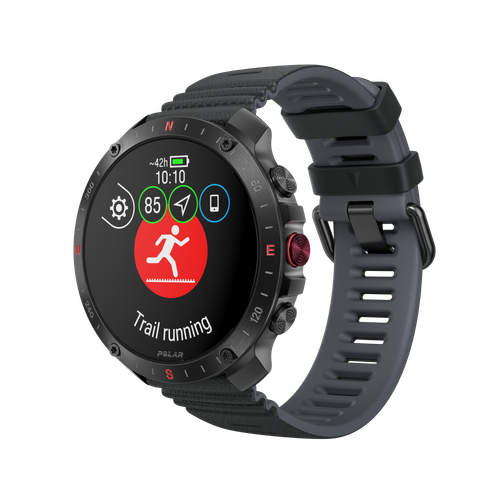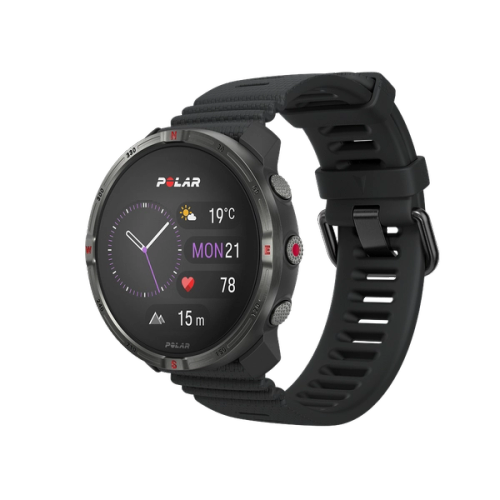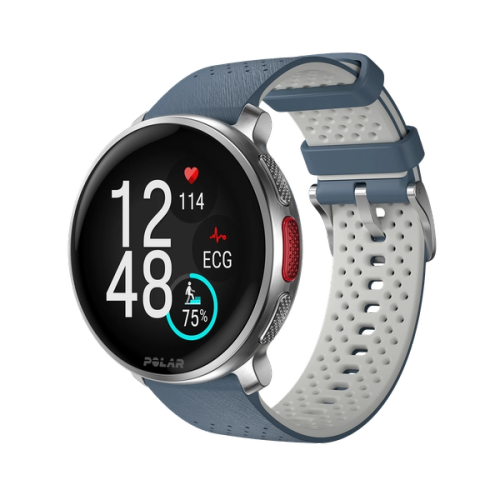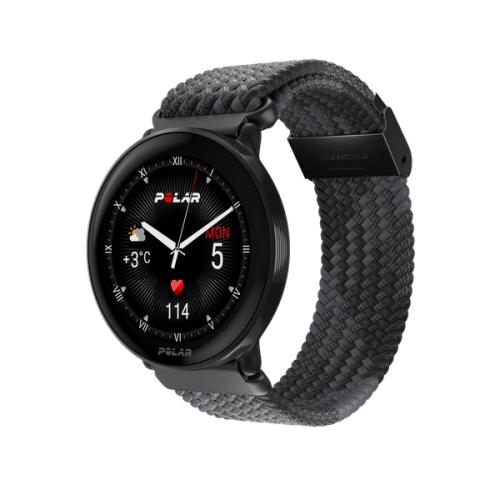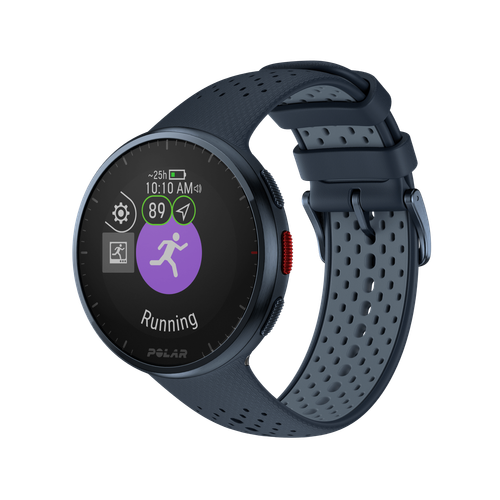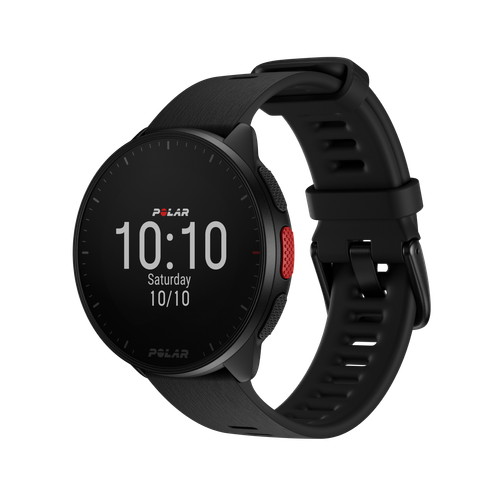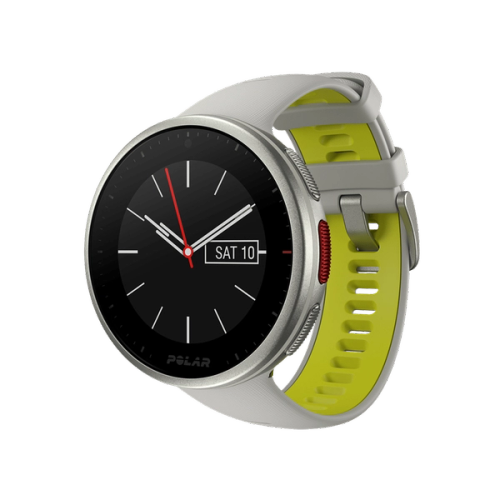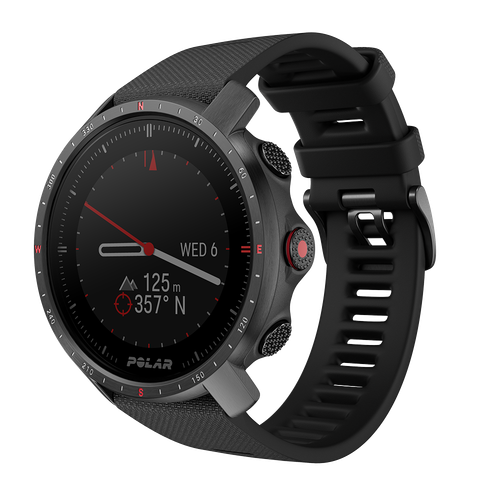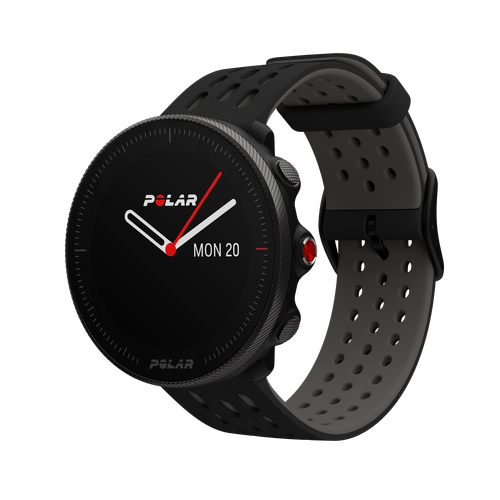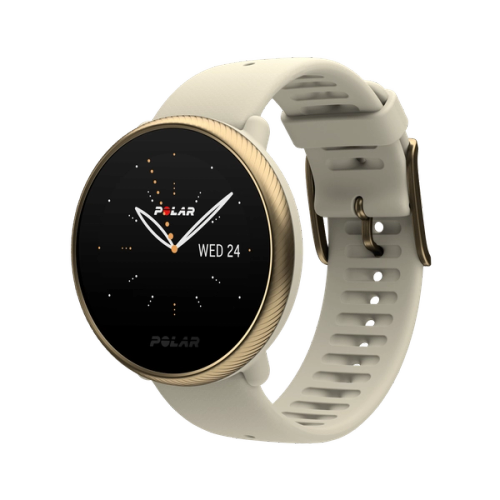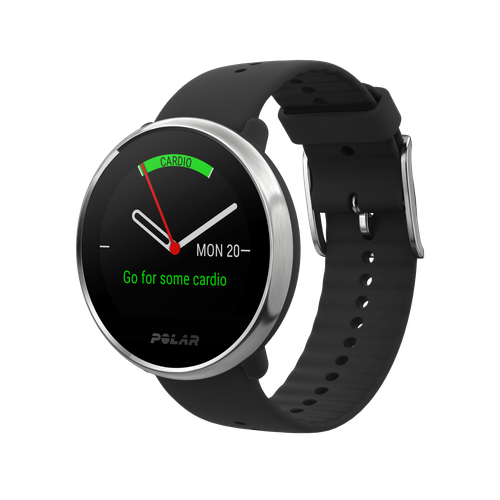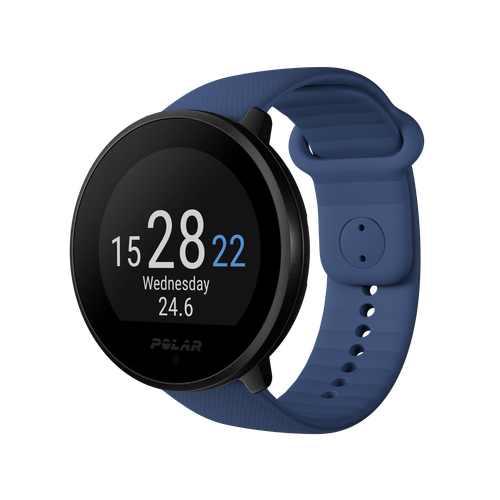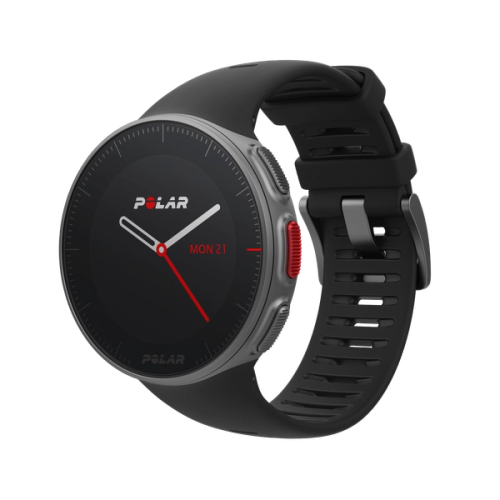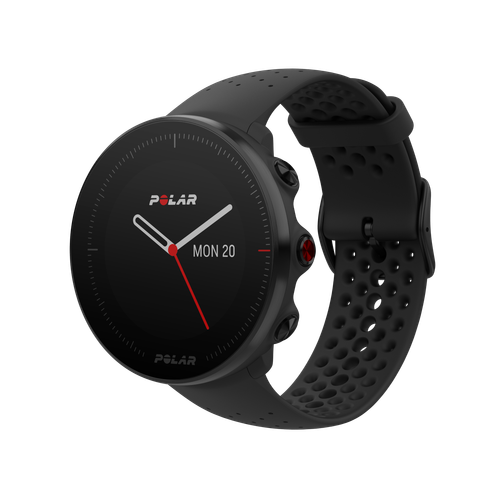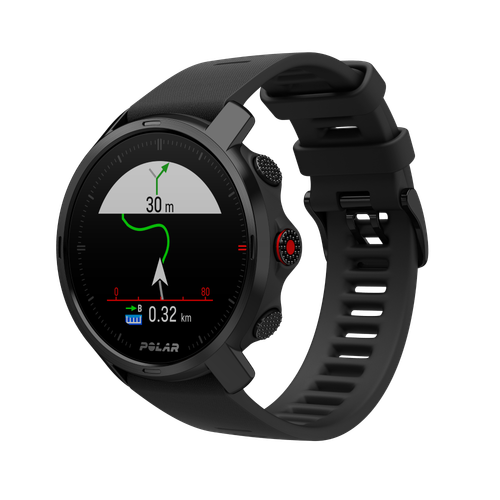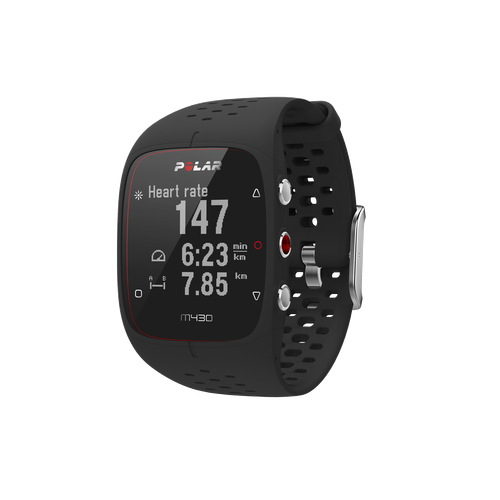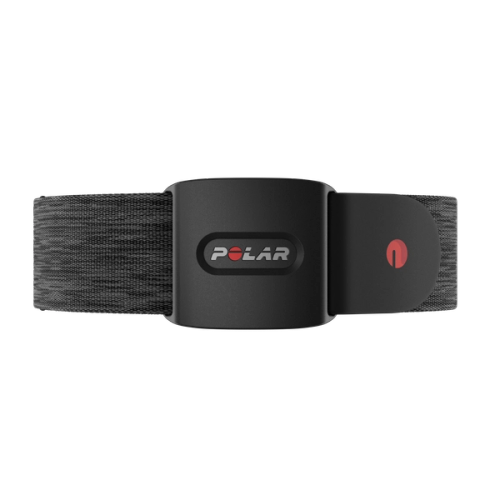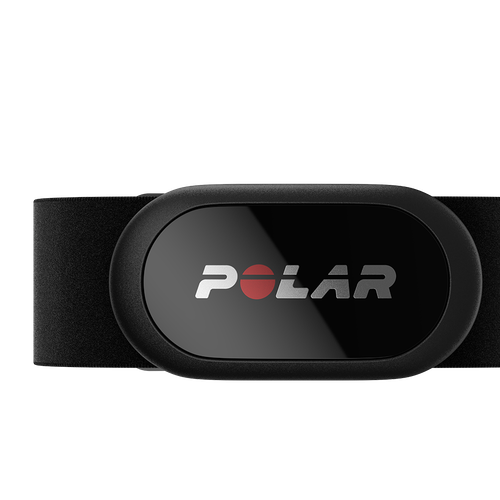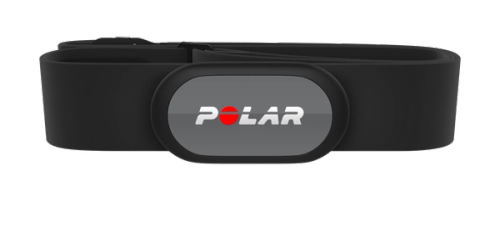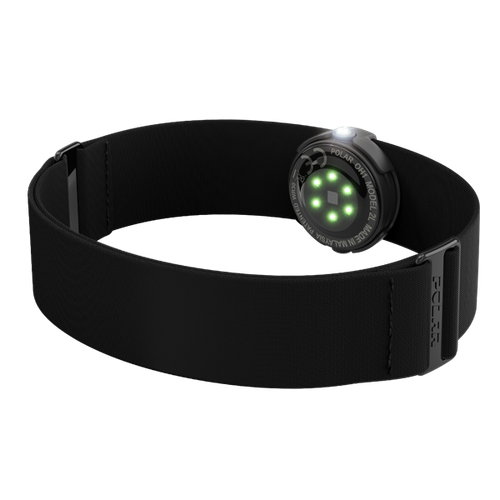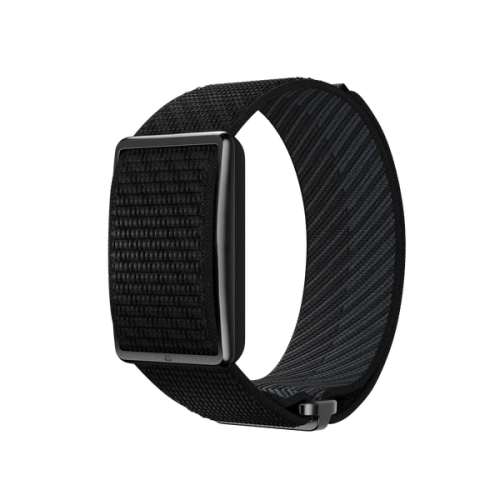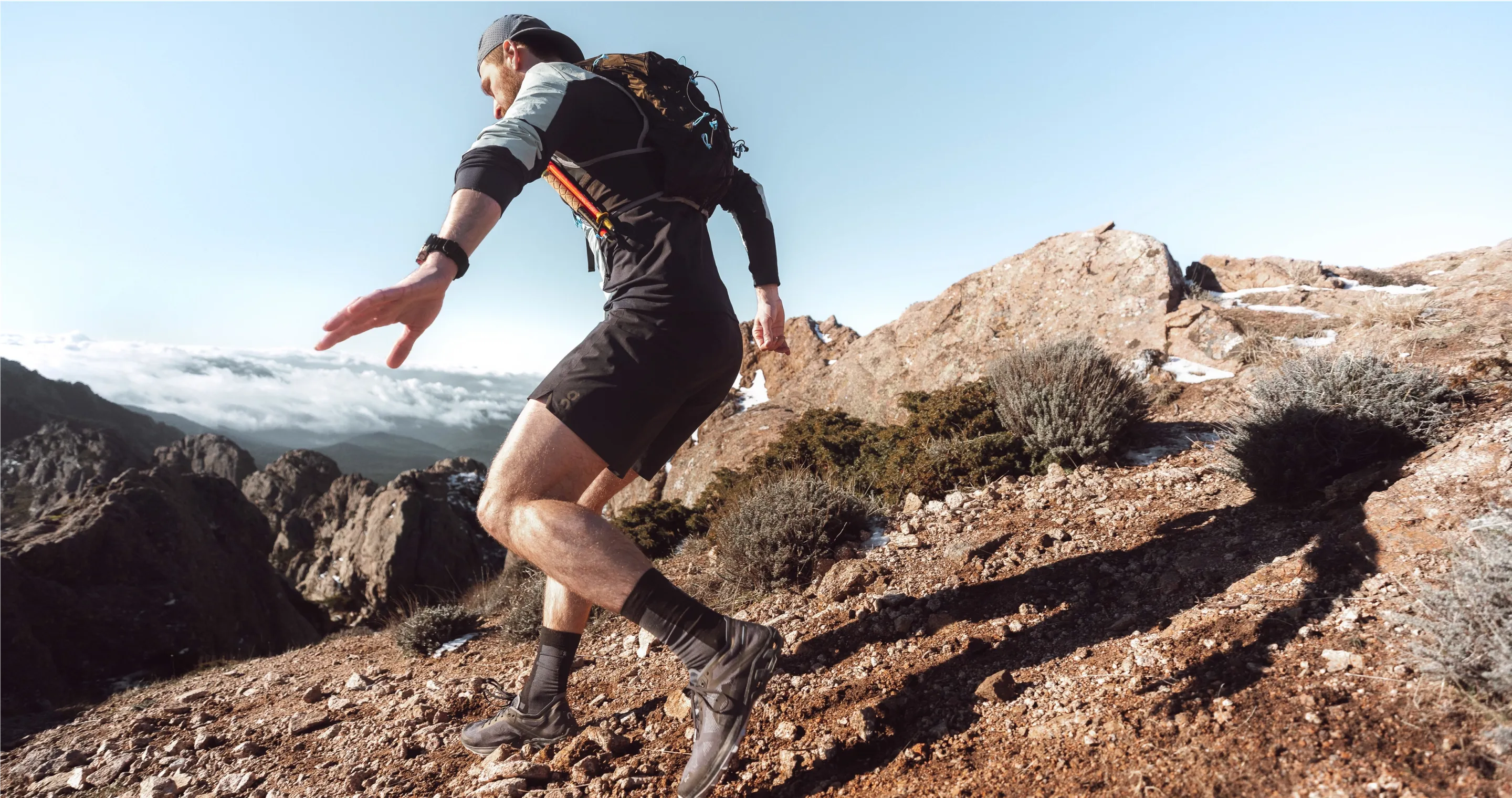Ever looked at an ultrarunner and wondered what they’re on about? Maybe you’ve even considered joining them, but whispers of mythical requirements have held you back. Fear not, fellow adventurer, because we’re here to shed light on the biggest ultrarunning myths and set the record straight.
Forget the image of a lonely, bearded Forrest Gump running for years on end. Ultrarunning is a welcoming community filled with diverse individuals who share a love for pushing their limits. We’ll debunk the misconceptions about food, facial hair, and even gender, proving that anyone with the spirit of adventure can conquer these epic distances.
Myth 1: Ultrarunning requires training crazy mileage
Let's get one thing straight: to tackle an ultra, you need a base. Think of it like building a house – you can't slap up a roof without a solid foundation. But here's the kicker: you don't need to be running marathons every weekend to lay that groundwork. Steady, consistent running, even if it's just a few miles a day, is where the magic happens.
Just look at Camille Herron, the famed ultrarunner with multiple world records from 50 to 250 miles. She's very vocal about her science-backed approach to training for ultras, focusing on cumulative volume and running frequency. Rather than doing back-to-back long runs, she only does one or two a month (and never more than 22 miles).
Similarly, ultrarunner legend Scott Jurek explains in his book Eat and Run how he kept a “reasonable” weekly mileage -even lower than some marathoners – by focusing on cadence and technique and following a healthy diet. “Running smarter and with more quality, I didn’t run as far. A lot of marathoners log 120 to 140 miles. I was doing 90 to 110.”
So what does that mean for your training? You don't need a radical overhaul of your life to fit in ultra training. For a 100-miler, aim for 10 to 12 hours of training a week for about 8-10 weeks. For a 50k or 50-miler, dial it back to around nine hours a week for 6-8 weeks. It's quality, not quantity, that counts.
Heart rate training is your secret weapon. Forget about chasing that top speed; we're talking about building endurance here. Zone 2, low-intensity running is where the magic happens. It's like slow-cooking a delicious stew – low and slow is the key to a flavorful result.
Remember, ultrarunning is more about mental toughness than sheer speed. It's about finding your rhythm, managing your energy, and enjoying the journey. So, ditch the idea that you need to become a full-time runner to conquer those epic distances. With a solid base, smart training, and a dash of determination, you're well on your way to becoming an ultra badass.

Myth 2: Ultrarunners are neither road runners nor trail runners
So, you think you need to be a mountain goat to run extreme distances? Yes, most ultras happen on the trails, but there's a huge range of options out there, from crazy ultras on the track to the demanding climbs and descent of Western States 100. The truth is, ultrarunners are pretty adaptable. Many started as road runners, craving a challenge that stretched further than the next marathon. Others fell in love with the wild beauty of trails and the mental grit it takes to navigate them.
Think of it like this: an ultramarathon is the distance, not the surface. It’s the ultimate test of endurance, whether pounding pavement or scrambling over rocks. Sure, some ultrarunners might stick to one type of terrain, but plenty are happy to conquer both.
Remember, ultrarunners are just regular folk (well, maybe a little more hardcore) who love pushing their limits, no matter the path beneath their feet. Besides, who needs a label when you’re busy crushing superhuman distances?
Enjoying this article? Subscribe to Polar Journal and get notified when a new issue is out.
Subscribe
Myth 3: All ultrarunners are vegan
You might think all ultrarunners are munching on kale and dreaming of quinoa, but that's not quite the whole story. While it's true that many ultrarunners are drawn to a plant-based lifestyle, it's not a strict requirement for conquering those epic distances.
Ultrarunners often have a deep connection to nature. Spending countless hours outdoors can spark a desire to live in harmony with the planet, leading some to adopt a vegan diet. It's a personal choice, and there's no doubt that it can be a powerful way to fuel your body and mind.
Legends like Scott Jurek have shown us that plant-based power can propel you to incredible feats. But let's be clear: whether you're vegan, vegetarian, or a meat lover, the key to ultrarunning success is finding a diet that provides the right balance of carbs, protein, and fats to support your insane mileage. It's all about fueling your body for those long, grueling hours on the trail.
So, whether you're chowing down on a tasty tofu scramble or a juicy steak, make sure you're giving your body the nourishment it needs to crush those miles.
Explore

Polar Grit X2 Pro
Premium Outdoor Watch
Polar Grit X2 Pro is a rough and rugged outdoor sports watch crafted for adventure with sapphire crystal glass AMOLED display, and a hi-tech toolkit of navigation and performance features for exploring the wonders of the world, and the body.
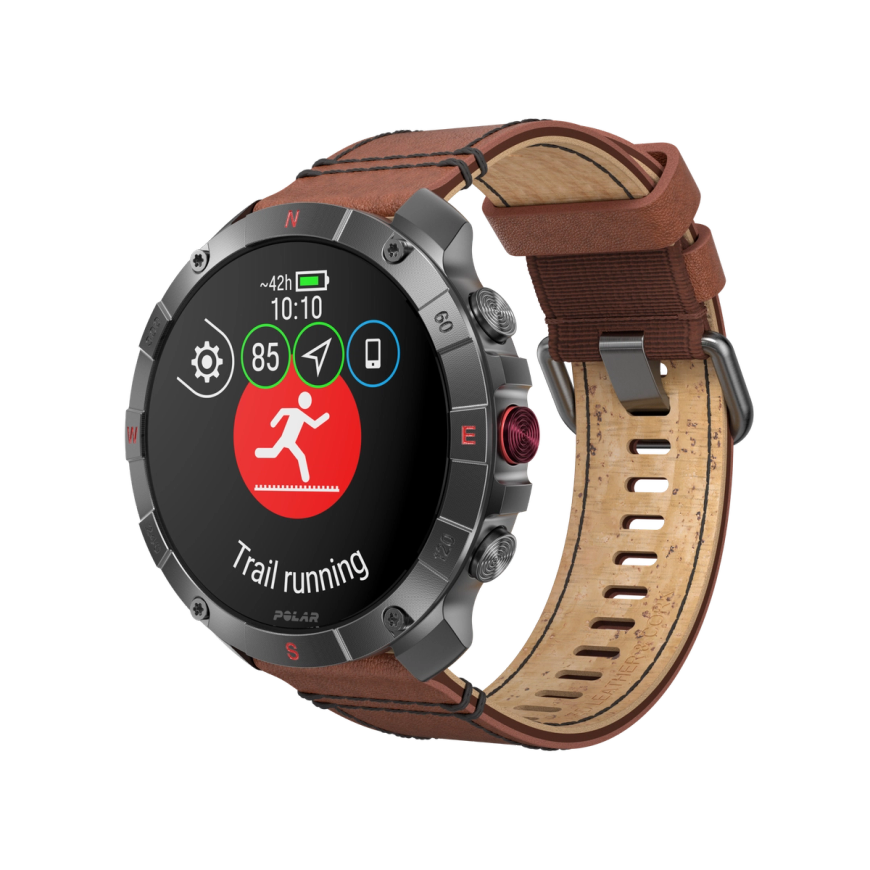
Polar Grit X2 Pro Titan
Premium Outdoor Watch
Polar Grit X2 Pro Titan is a rough and rugged outdoor sports watch crafted for adventure with sapphire glass AMOLED display in titanium casing, and a hi-tech toolkit of navigation and performance features for exploring the wonders of the world, and the body.
Myth 4: Ultrarunning is just fast walking
Woah, there, partner. You think ultrarunning is just a fancy way of taking a really long, leisurely stroll? Really?
Sure, walking is a big part of the strategy. These distances are bonkers – we’re talking more miles than most cars see in a year. But here’s the thing: ultrarunning isn’t just strolling along in cool clothes. It’s about pushing your limits, running strong when you can, and strategically using walking breaks to conserve energy and crush those crazy distances.
Think of it like this: ultrarunning is an epic adventure, not a walk in the park (well, maybe a very, very big park). There’s technical terrain, killer climbs, and enough sweat to fill a swimming pool. It’s about mental toughness as much as physical, and after hours on the trail, even walking feels like flying.
So, next time you see an ultrarunner, don’t underestimate the power of that walk break. It’s a calculated move, not a sign they’re slacking off. These folks are out there conquering mountains, one step at a time.
In a marathon, men might be cruising 11% faster than women. But crank it up to a 100-mile race, and that gap begins to shrink. Incredible, right? And guess what? For distances longer than 195 miles (that’s like running from Manhattan to Baltimore), some studies even suggest women might actually be a smidge faster.
Myth 5: Women can’t run as fast and long as male ultrarunners
Ok, let’s unpack those assumptions about women in ultrarunning. So, you think they can’t hang with the big dogs on those crazy long distances? Well, thankfully, science and some seriously badass female runners can bust that myth.
Here’s the thing: sure, there’s a gap in times between genders in shorter races. However, new research, like these studies from UCLA and Université Savoie Mont-Blanc, shows something awesome: that gap starts to shrink as the miles pile up.
In a marathon, men might be cruising 11% faster than women. But crank it up to a 100-mile race, and that gap begins to shrink. Incredible, right? And guess what? For distances longer than 195 miles (that’s like running from Manhattan to Baltimore), some studies even suggest women might actually be a smidge faster.
Women are endurance machines, folks. They’re wired for efficiency, fantastic at pacing themselves, and, let’s be honest, have some serious mental toughness. So next time you see a female ultrarunner out there conquering the course, don’t underestimate her power. She might be the one leaving everyone in the dust, beard or no beard.
Myth 6: You need a beard to run an ultra
You’ve taken a look around and figured all ultramarathoners are rocking lumberjack beards? News flash: not every runner can (or wants to) grow one.
Sure, you might see some epic ZZ Top-worthy beards at the starting line. Maybe it’s a badge of honor, a ‘been there, ran for days’ kind of thing. But plenty of ultrarunners are just as beastly with smooth faces or a neatly trimmed goatee.
So, if you’re thinking about lacing up for an ultra and wondering if you need to ditch the razor, relax! Your beard situation (or lack thereof) has zero impact on your ability to conquer those trails. Just focus on building endurance, fueling your body right, and maybe growing some mental grit – that’ll take you further than any beard ever could.
So there you have it! Ultrarunning isn't just for bearded vegans who run a million miles a week. It's about finding what works for you, pushing your limits, and having a blast on the trails. Now, go forth and conquer those mountains (or hills, or whatever you've got)!
Did you like this article? Subscribe to Polar Journal and get notified when a new issue is out.
Subscribe
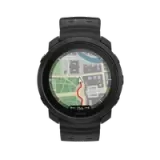 Polar Vantage M3
Polar Vantage M3
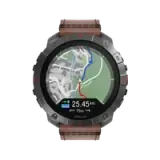 Polar Grit X2 Pro Titan
Polar Grit X2 Pro Titan
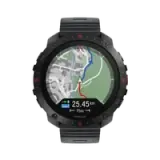 Polar Grit X2 Pro
Polar Grit X2 Pro
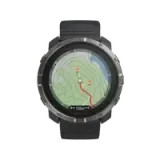 Polar Grit X2
New
Polar Grit X2
New
 Polar Vantage V3
Polar Vantage V3
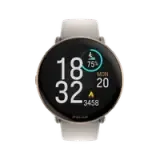 Polar Ignite 3
Polar Ignite 3
 Polar Ignite 3 Braided Yarn
Polar Ignite 3 Braided Yarn
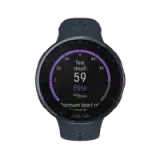 Polar Pacer Pro
Polar Pacer Pro
 Polar Pacer
Polar Pacer
 Polar Unite
Grit X Series
Vantage Series
Pacer Series
Ignite Series
Polar Unite
Grit X Series
Vantage Series
Pacer Series
Ignite Series
